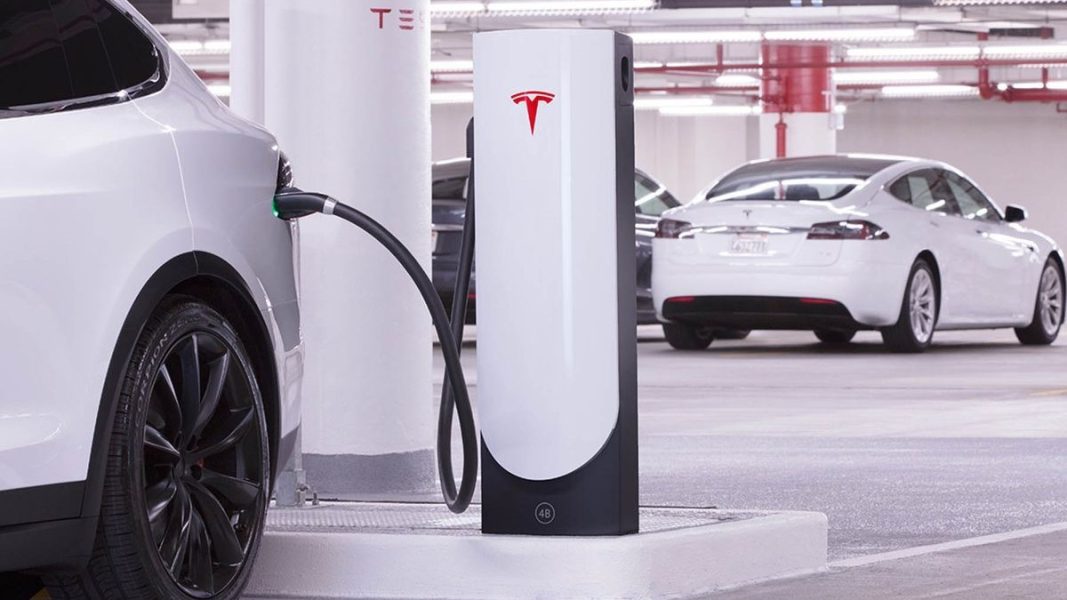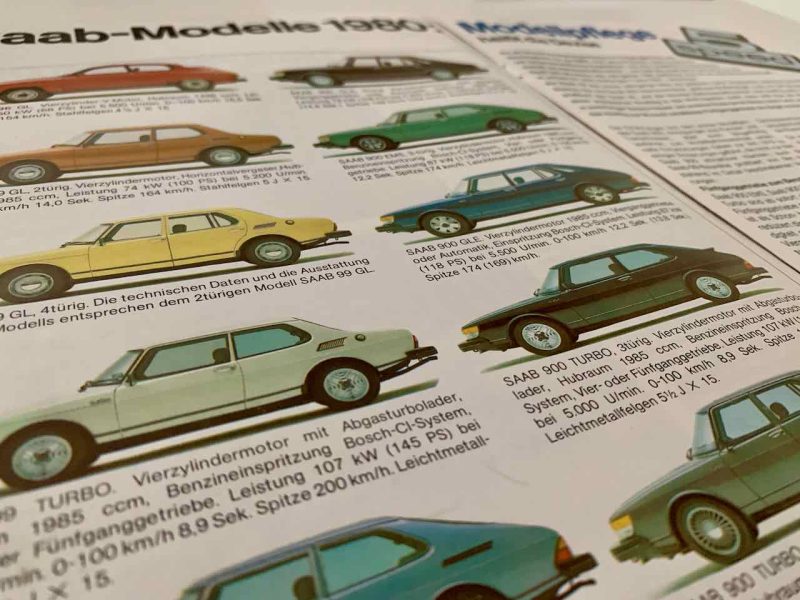
Charge electric vehicles in 10 minutes. and longer battery life thanks to ... heating. Tesla had it for two years, now scientists invented it
Content
It is believed that modern lithium-ion cells perform best at room temperature, as they provide a reasonable compromise between charging speed and cell degradation. However, it turns out that heating them before charging allows you to increase the charging power and does not significantly affect the battery consumption.
Table of contents
- Mechanism from Tesla with scientific research
- The biggest problem with lithium-ion cells is the trapped lithium. Either in SEI or graphite. And even less lithium = less capacity
- Higher temperature for a short time = safe charging with much more power
- Results? At your fingertips: charging 200-500 kW and 20-50 years of battery life
Tesla added a battery pre-heating mechanism to its vehicles in 2017. at low temperatures. It was assumed that this would increase the flight range in winter and accelerate charging during cold weather. However, heating and cooling in itself was not a special discovery, many manufacturers use actively cooled / heated cells or complete battery packs.
> How are batteries in electric vehicles cooled? [MODEL LIST]
The key turned out Heating in such a way as to speed up the charging process without damaging the cells.... It seems after the update it became clear what the temperature should be in order to reduce the downtime on the charger. Preheating the battery before connecting to the Supercharger (preheating eventually in 2019: warming up the battery on the way) has been permanently included in the software since the Supercharger v3 premiered in March 2019:
> Tesla Supercharger V3: 270-minute range of almost 10 km, 250 kW charging power, liquid-cooled cables [update]
Scientists at the Center for Electrochemical Motors at Penn State University just proved Tesla was right. And that means electric cars are charged in 10 minutes z with a capacity of several hundred kilowatts i don't worry about battery capacity degradation for decades, until the temperature to which the cells are heated is precisely chosen.
But let's start from the very beginning:
The biggest problem with lithium-ion cells is the trapped lithium. Either in SEI or graphite. And even less lithium = less capacity
It is generally accepted that the optimal operating temperature for lithium-ion cells is room temperature... Therefore, the mechanisms of active cooling of the battery ensure that the cells do not overheat too much (after all, it is not always possible to keep the nominal 20 degrees Celsius).
Room temperature allows you to restrain the growth of the passivating layer - the solidified fraction of the electrolyte, which accumulates on the electrode and binds lithium ions; SEI - and imprisonment of lithium ions in a graphite electrode. An increase in temperature means that both processes are accelerated. You can see this after initial tests.
> Tesla is disputed in Germany. For "Autopilot", "Fully Autonomous Driving"
Scientists at the Center for Electrochemical Motors have verified that Lithium-ion cells used in electric vehicles only hold about 50 charges at 6 ° C. (i.e. 6 times more than the cell capacity, for example, a 0,2 kWh cell is charged with a 1,2 kW source, etc.).
For comparison, the same links:
- they easily reached 2 charges at 500C (for a car with a 40 kWh battery it is 40 kW, for a car with an 80 kWh battery it is 80 kW, etc.),
- they already lasted only 200 charges at 4C.
At the same time, by “withstand” we mean a loss of 20 percent of the original power, because this is how the term is understood in the automotive industry.
Researchers on lithium-ion cells have tried for years to solve this problem by changing the composition of electrolytes or by coating the electrodes with various materials to prevent the trapping of lithium ions. Because it is the lithium ions that move in the battery that are responsible for its capacity.
> Renault-Nissan invests in Enevate: "Charging the battery in 5 minutes"
Quite unexpectedly, it turned out that the problem can be solved much easier. It is enough to heat the cell to significantly reduce the problem of trapping lithium ions. Unfortunately, the higher temperature caused a decrease in cell capacity anyway: when the encapsulation of lithium in the electrode was limited, the problem of growth of the passivation layer (SEI) was not solved.
Not with a stick, but with a stick.
Higher temperature for a short time = safe charging with much more power
However, scientists from the said research center managed to find a middle ground. They called him Asymmetric temperature modulation method... They heat the element for 30 seconds to 48 degrees Celsius, and then charge it for 10 minutes so that the system finally works and the temperature drops.
Why does it only take 10 minutes to charge? Well, at 6 C, this is enough time to charge the battery to 80 percent of its capacity. 6 C means power supply:
- 240 kW for Nissan Leaf II
- 400 kW for Hyundai Kona Electric 64 kWh,
- 480 kW for Tesla Model 3.
When charged from 0 to 80 percent, this high power requires 10 minutes of charger downtime. However, if the battery discharge rate is lower (10 percent, 15 percent, ...), the energy replenishment process takes even less than 10 minutes!
The battery's cooling mechanism only has to ensure that the temperature of the battery does not rise above 50 degrees (the researchers say 53 degrees Celsius) to limit the rate at which the passivation layer builds up. At the same time, the short charging time makes it possible to shorten the growth period.
Results? At your fingertips: charging 200-500 kW and 20-50 years of battery life
The scientists were able to prove that the NMC622 cells treated in this way are able to withstand 1 charge with a power of 700 C and a loss of up to 6 percent of capacity. 20 charges is not very impressive, but if we drive 1 km a year and the battery has a capacity of 700 kWh, this is The result is transformed into 23 years of operation.
We add that the batteries and the range of electric vehicles are growing, and the Poles usually travel less than 20 80 kilometers per year, which means that the battery capacity should drop to 30 percent in about 50 to XNUMX years.
> Here! The first electric vehicle with a real range of 600 km is the Tesla Model S Long Range.
Warto poczytać: asymmetric temperature modulation for ultra-fast charging of lithium-ion batteries
Opening photo: electroplating (lithium coating) of the electrode depending on the cell temperature (c) Center of the electrochemical motor
This may interest you:
